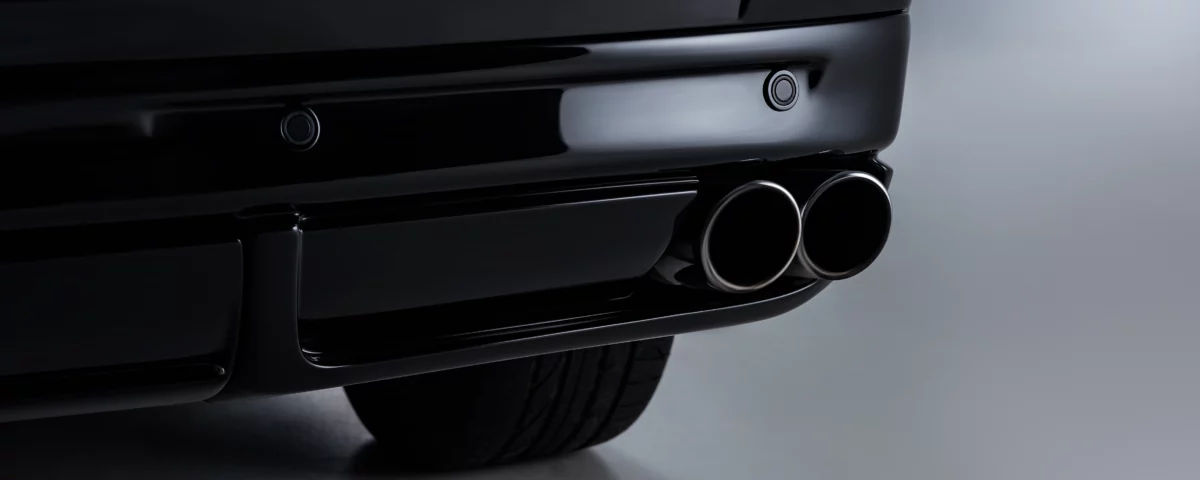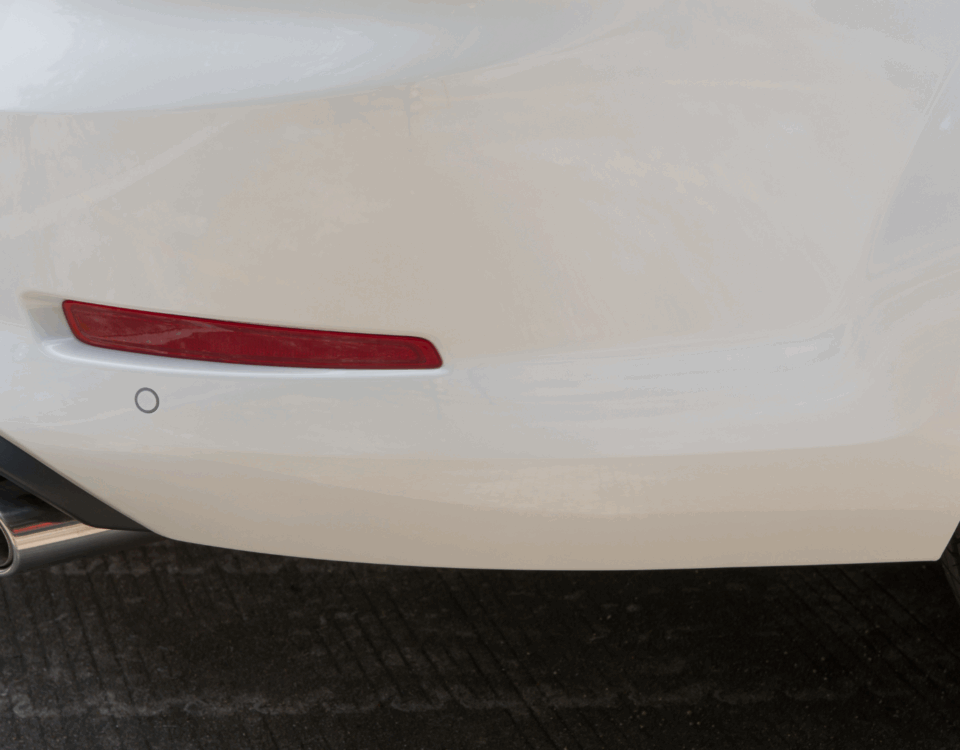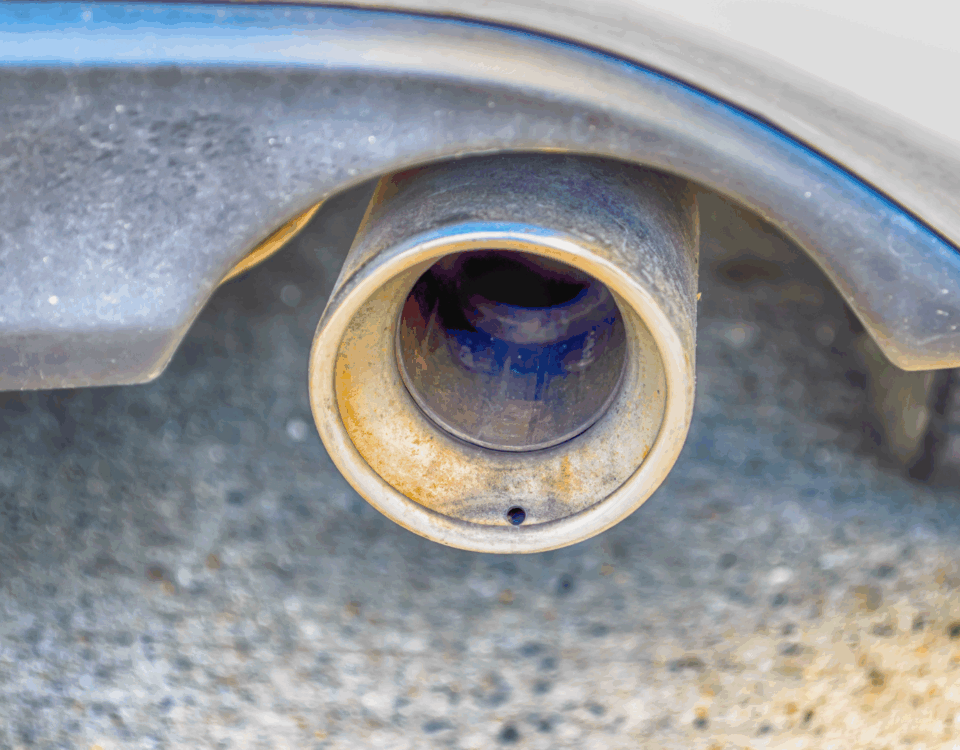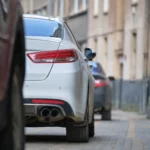
Why Cars Fail Smog Tests: Common Reasons and Solutions
April 10, 2025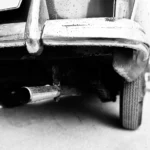
Common Reasons for Smog Test Failure and How to Avoid Them
April 10, 2025The Purpose and Importance of a Smog Test
A smog test evaluates your vehicle’s emissions to ensure compliance with environmental laws. It plays a vital role in reducing air pollution and promoting cleaner air. Failing this test means your car is emitting more pollutants than allowed. Understanding how it works helps in preparing your car to meet the required standards and avoid penalties.
Malfunctioning Oxygen Sensors
Faulty oxygen sensors are a top contributor to smog test failure. These sensors monitor the amount of oxygen in your car’s exhaust. When they malfunction, it disrupts the air-fuel mix, leading to higher emissions. Replacing worn sensors can restore proper engine performance and help your vehicle pass the test.
Incomplete Drive Cycle Readiness
If your vehicle hasn’t completed its drive cycle after a battery replacement or reset, it can fail the smog test. The test requires the onboard diagnostic system to be in a ready state. Driving your car under varied conditions for a few days ensures the system resets and is prepared for accurate testing.
Fuel System Issues
Problems within the fuel system, such as high fuel pressure or a faulty injector, can lead to excess emissions. These issues affect how fuel is delivered and burned, increasing the chances of failing a smog test. Regular fuel system maintenance is crucial for clean combustion and compliance.
Emission Control System Malfunctions
Any malfunction in the emission control system will likely trigger a check engine light and lead to smog test failure. This system is designed to limit the amount of harmful gases released into the atmosphere. Diagnosing and fixing issues within this system is essential for passing the test and ensuring environmental safety.
Read More:



